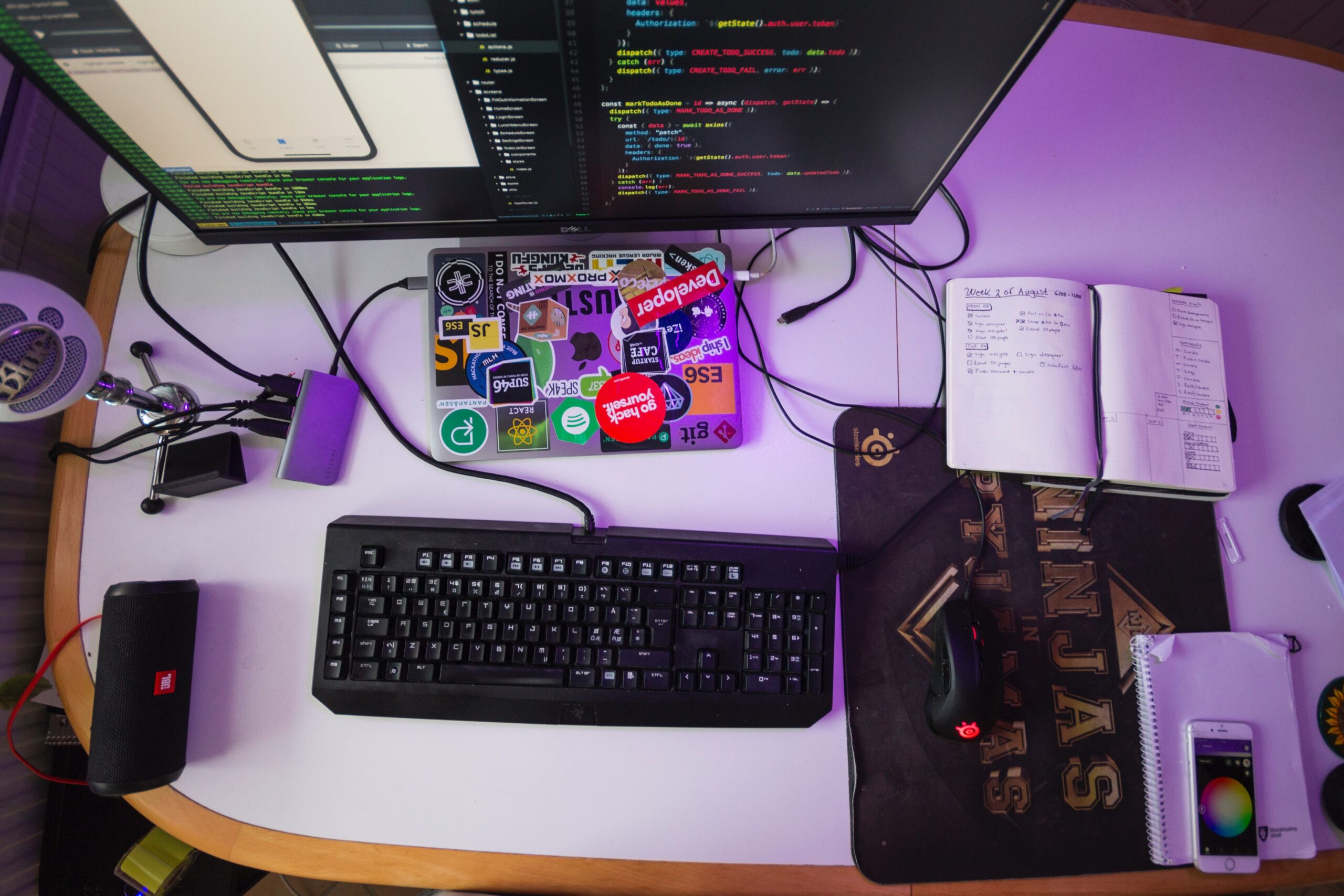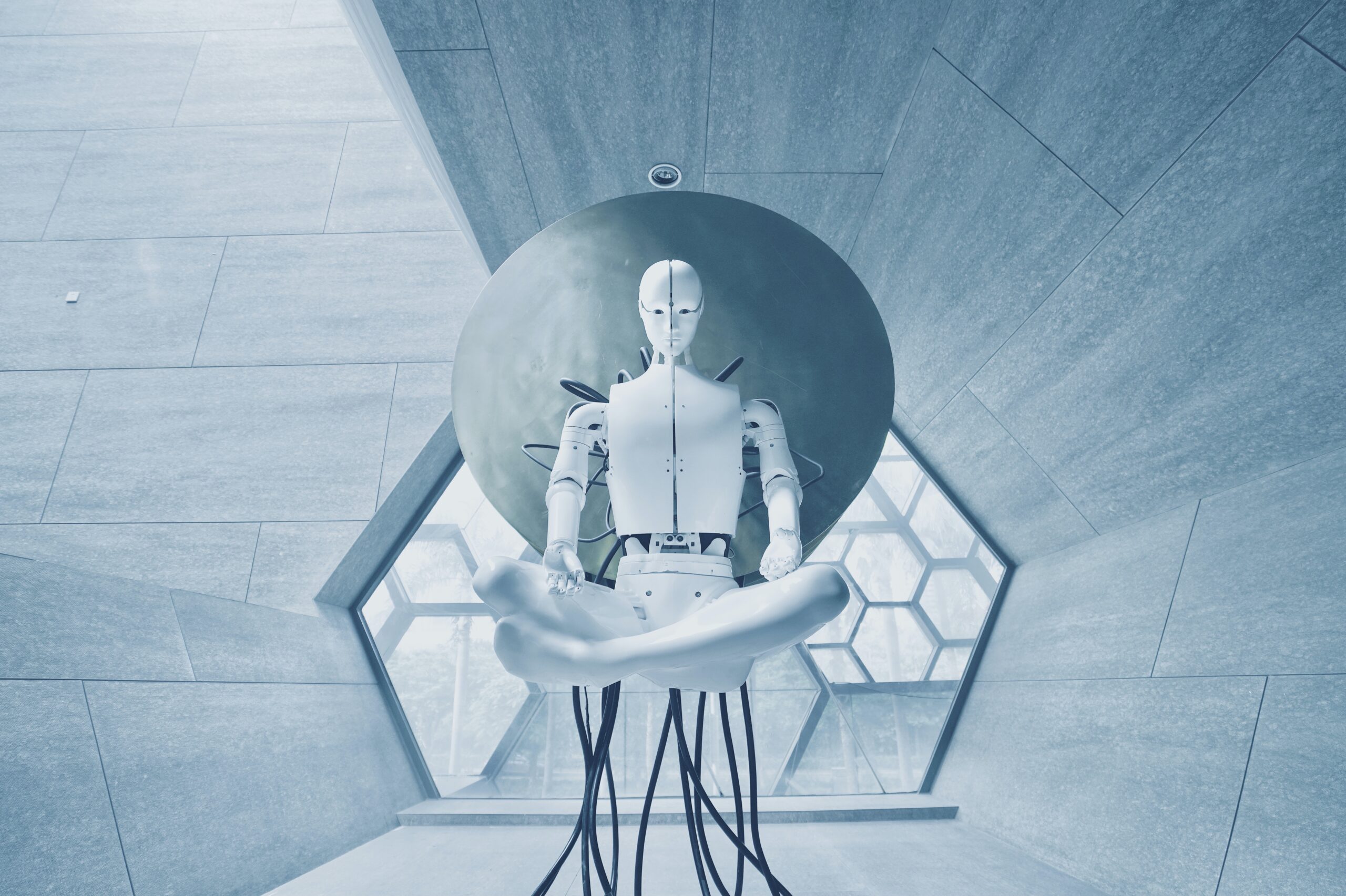Artificial intelligence (AI) is transforming the way we live, work, and interact with the world around us. From self-driving cars to chatbots, AI systems are becoming increasingly common in our daily lives. If you are interested in building an AI system from scratch, you may be wondering where to start. In this article, we will provide some tips and tools to help you create intelligent software.
Understand the Basics of AI
Before you can start building an AI system, you need to have a basic understanding of what AI is and how it works. AI refers to the simulation of human intelligence in machines that are programmed to think, learn, and adapt. There are various types of AI, including machine learning, natural language processing, computer vision, and robotics. You should also familiarize yourself with the different programming languages commonly used in AI development, such as Python, R, and Java.
Define the Problem You Want to Solve
AI systems are designed to solve specific problems or perform specific tasks. Before you start building your AI system, you need to identify the problem you want to solve or the task you want to automate. This could be anything from predicting customer behavior to detecting fraud in financial transactions. Defining your problem or task will help you determine the type of AI system you need to build and the data you will need to train it.
Choose the Right Tools
There are many tools and frameworks available for building AI systems, each with its own strengths and weaknesses. Some popular tools include TensorFlow, PyTorch, and Keras for machine learning, and OpenCV for computer vision. When choosing your tools, consider factors such as ease of use, community support, and scalability.
Gather and Prepare Your Data
Data is the lifeblood of AI systems. To build an effective AI system, you need to gather and prepare high-quality data. This may involve collecting data from various sources, cleaning and formatting the data, and labeling it for use in machine learning models. You should also consider data privacy and security issues and ensure that your data is compliant with relevant regulations.
Develop and Train Your AI Model
Once you have your data, you can start developing and training your AI model. This involves selecting the appropriate algorithms and architectures for your problem or task, and fine-tuning the model parameters to optimize its performance. You may also need to perform data augmentation, regularization, and other techniques to prevent overfitting.
Test and Evaluate Your Model
Testing and evaluation are critical steps in the AI development process. You should test your model using a variety of input data to ensure that it can handle different scenarios and edge cases. You should also evaluate your model’s performance using metrics such as accuracy, precision, and recall, and compare it to existing solutions or benchmarks.
Deploy and Maintain Your AI System
Finally, you need to deploy your AI system in a production environment and maintain it over time. This may involve integrating it with other systems, monitoring its performance, and updating it as new data becomes available or the problem or task changes. You should also consider the ethical implications of your AI system and ensure that it is transparent, explainable, and accountable.
Building an AI system from scratch can be a challenging but rewarding process. By following these tips and tools, you can create intelligent software that solves real-world problems and has a positive impact on society.
Photo By Mikhail Fesenko
To read more, visit NGR





